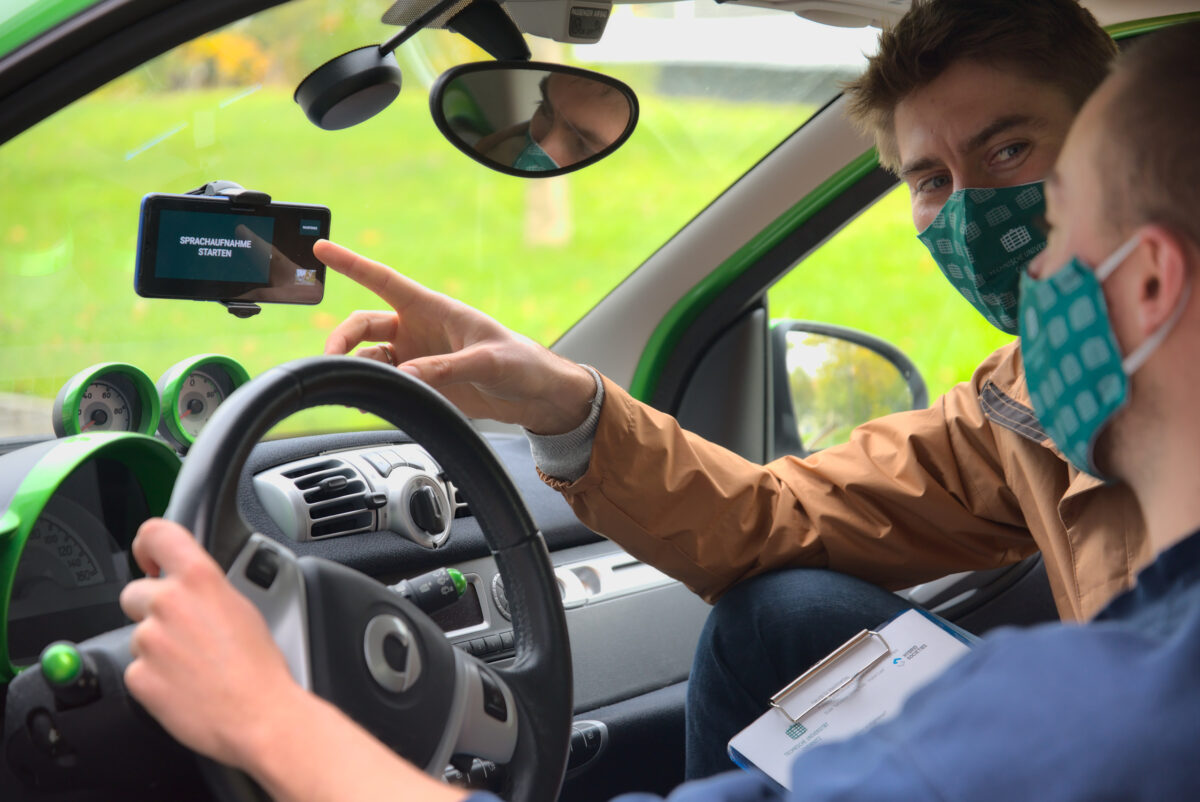Automated driving has been the focus of automotive engineers for several years. Recently, a major German car manufacturer was granted permission for an automated driving function “Level 3” starting in 2022. To put this in perspective: from “Level 2” onwards, an automated system can independently regulate speed and distance as well as keep itself within its own lane. However, we as drivers must monitor what is happening on the road at all times. Only from “Level 3” we are allowed to perform other tasks. The permitted function allows drivers to turn away from the road at speeds up to 60 kph (in traffic jams, for example) and pursue other activities such as browsing the Internet. In addition to the benefits of safely engaging in more productive or enjoyable activities, automated driving functions promise us further advantages:
- Avoidance of accidents
- Enabling participation in traffic by all groups of people
- Increased driving comfort
- Optimization of the traffic flow
From an academic point of view, I am particularly interested in the third point – increasing driving comfort. Here, the experience of automated driving by us humans plays an essential role. The question arises: how would we like to be driven automatically? Should the automated vehicle drive the way we would drive ourselves or should the vehicle act more like a machine in a classical sense that, for example, adheres very precisely to the speed limit. There are different approaches to answering this question. Besides the currently much discussed approaches of machine learning (AI), there are also approaches to observe human driving and to derive conclusions how the automated vehicle should behave in certain situations. This is exactly what I am pursuing with my research, in which I conducted a Naturalistic Driving Study with 30 subjects this year.
Such studies are about recording the natural driving behavior of drivers, without the influence of researchers who are, for example, in the vehicle while driving. Therefore, my test subjects drove their own routes with their own vehicles and recorded situations and voice comments in which they predicted the driving behavior of other vehicles. For this, my subjects used a smartphone with a special app programmed to record driving situations. Through the many recorded situations and the many mentions of features that we as humans use to predict the intentions of other road users, an automated vehicle can learn to react earlier to future driving outcomes and behave more naturally. This early reaction can reduce situations with abrupt braking. This makes the entire journey feel more relaxed and comfortable for us overall. Positive effect: by reacting early, better cooperative driving strategies can be developed. For example, one’s own automated vehicle can signal another vehicle earlier that it “sees” it and that it is possible to change lanes. This can be achieved by slowing down or by increasing the distance.
Analyzing a lot of speech and video data leads to a time intensive evaluation. Hence, I am still in the middle of that and I am looking forward to publishing preliminary results at conferences next year.
Text and Photo: Konstantin Felbel (D02)


